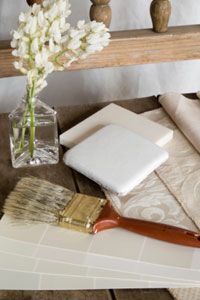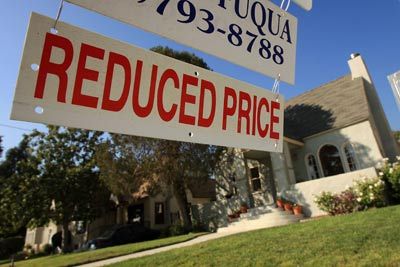"If you want to sell your home, paint your rooms beige." That could be the rallying cry of real estate agents across the country, and for good reason. Presentation and first impressions mean everything when selling a home, and the men and women who make their living selling homes know that neutral colors will generally spark more interest from buyers than bold colors [source: Kenderdine].
Human beings are sensitive to color on a deep, emotional level. This makes sense: Our earliest ancestors relied on colors to tell them if a plant was ripe or safe to eat, for example. Those deeply ingrained senses of what colors mean in nature stay with us in our cities and suburbs; we may not need to make life-and-death decisions based on the color of a strange fruit, but we still carry the emotional cues that kept our ancestors safe.
Advertisement
This trait can complicate things when painting a house, however. A certain hue that you think looks perfect in your living room might trigger a deep sense of discomfort in a visitor. The deeper the color you choose for your walls, the stronger effect it might have on others. Conversely, the closer your home's colors are to pure, neutral white, the less they will emotionally affect visitors -- or potential buyers [source: Better Homes and Gardens].
But an all-white home can be dull, not to mention extremely hard to keep clean. With a little awareness of color theory and some creative restraint, you can have the best of both worlds: a home in which color brings out each room's best features, and a house that's likely to sell without requiring major repainting.
Color psychology is the study of the emotional cues prompted in humans by various colors. These can be quite strong: Bold yellow, for example, can upset small children, while light yellow is commonly used as a gender-neutral color for babies' rooms [source: Demesne]. Blue is often associated with calmness, serenity and cold temperatures. Red, on the other hand, may symbolize excitement, love, anger, warfare or energy. These are useful traits to understand as you plan how to show off your home's best features to potential buyers.
But how do you turn an understanding of color psychology into an attractive, sellable interior design? The process is easier than you might think.
Advertisement



